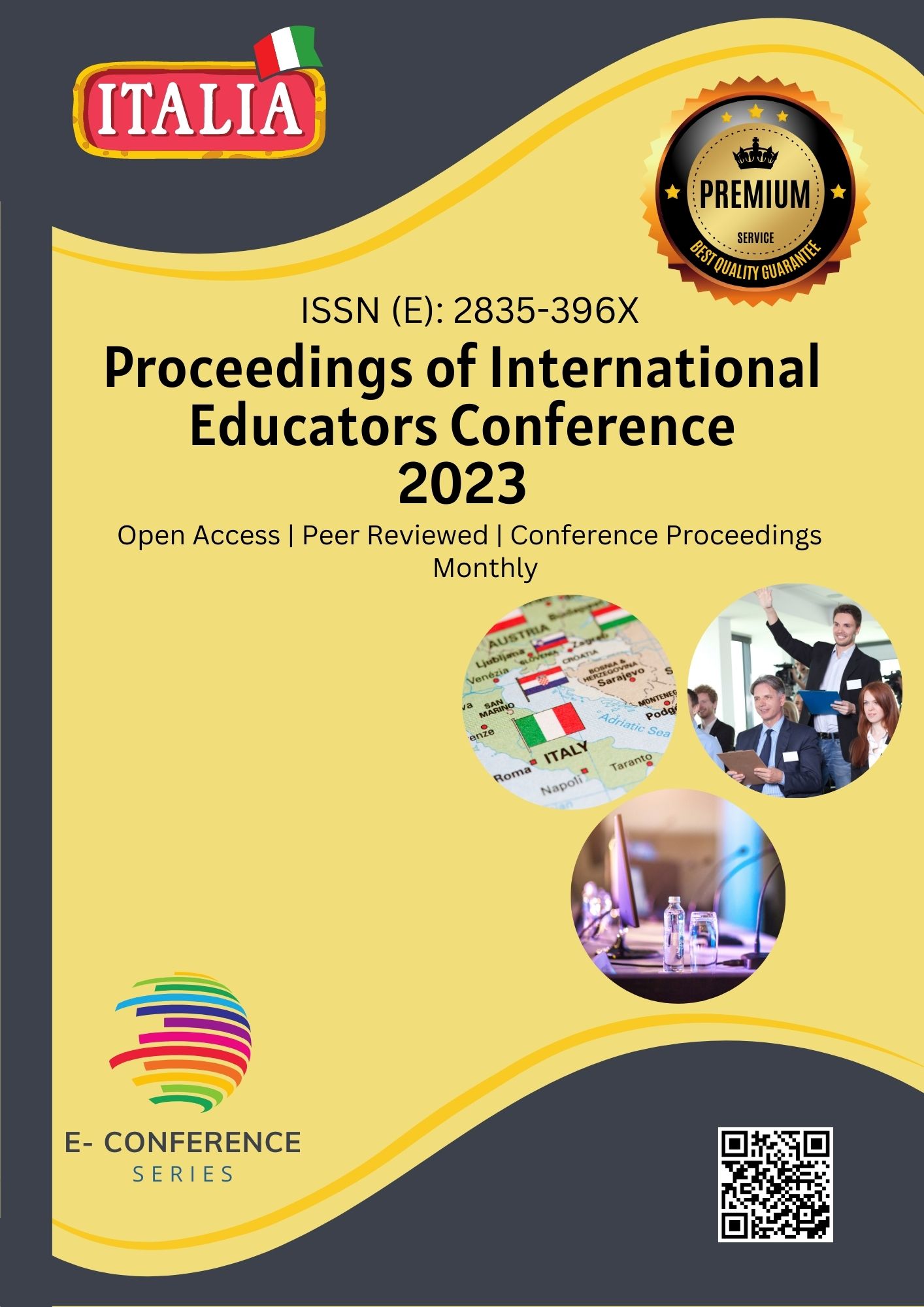ENCOURAGING A FLEXIBLE TONGUE
Abstract
This presentation highlights innovative pronunciation strategies to practice tongue movements and word stress. Five creative and learner-centered strategies will be explained and practiced with the goal of developing a “flexible tongue” to improve pronunciation ability in beginning and intermediate learners.
References
Fraser, H. (2000). Coordinating Improvements in Pronunciation Teaching for Adult Learners of English as a Second Language. Department of Education, Training and Youth Affairs, Canberra.
Harmer, J. (2001). The Practice of English Language Teaching. London: Longman.
http://jurnal.unissula.ac.id/index.php/JAMR
https://promova.com/blog/the-tricky-art-of-english-tongue-twisters
https://starteachertraining.com/lip-reading-esl-lessons
https://www.literacymn.org/rubber-bands-for-pronunciation-practice
Bradlow (1997). The vowel sounds, as the realized through the nasal tract can be demonstrated using the rubber band technique
Gilbert (2008:38). A kinesthetic focusing tool to reinforce the contrast in duration
Lin Fan and Chen (1995). The pronunciation of tense and lax vowel sounds
Downloads
Published
Issue
Section
License

This work is licensed under a Creative Commons Attribution-NonCommercial 4.0 International License.








